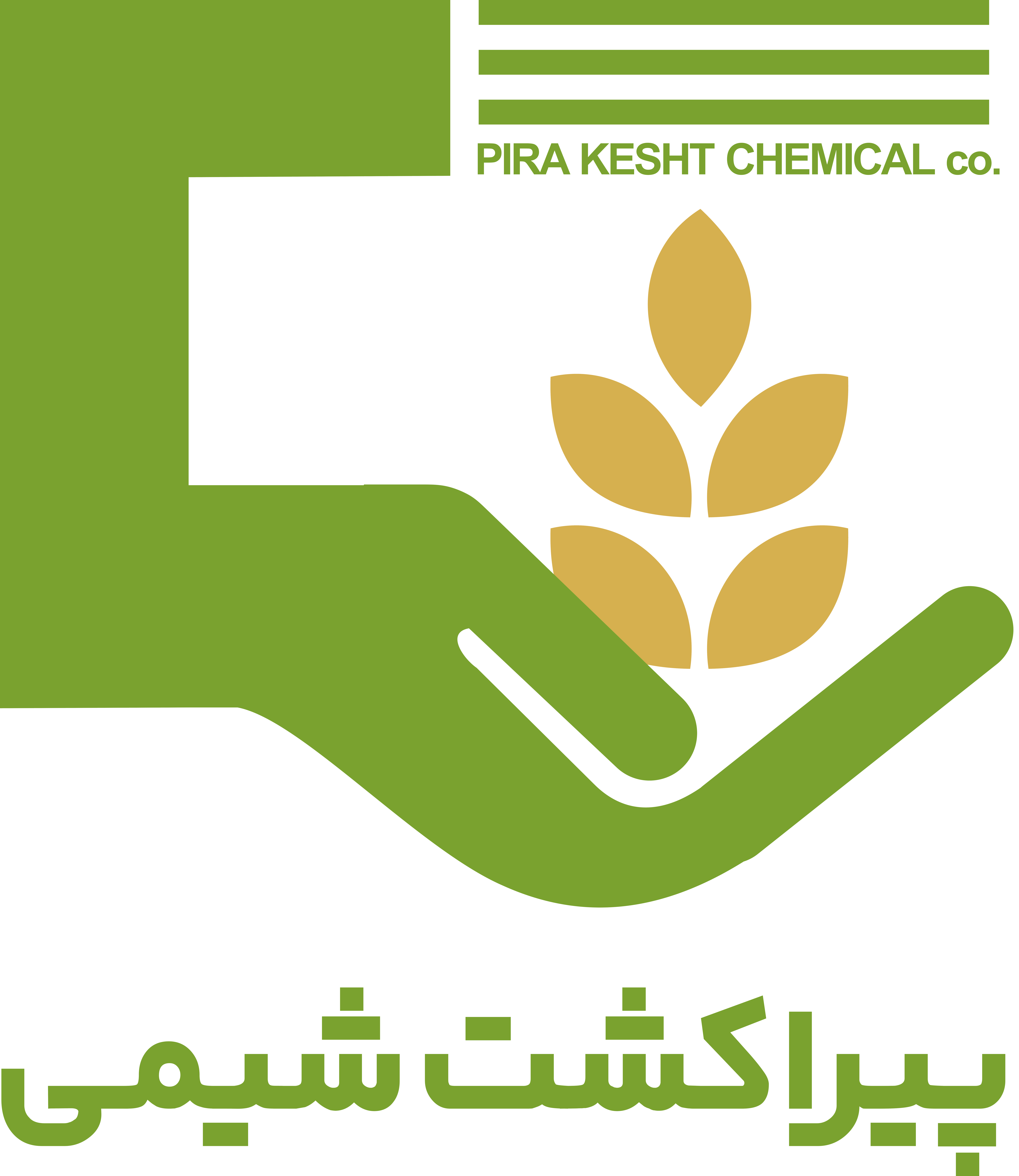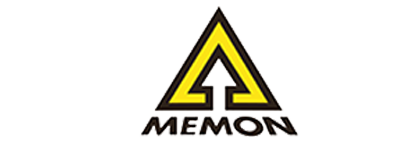
Products
The Home Of best ProductsPirapik
Topic is a systemic and selective herbicide belonging to the group of aryloxyphenoxypropionic acid toxins. Topic is actually the brand name of the herbicide clodinafop propargyl, which is used to combat narrow-leaved weeds in wheat fields. This article contains useful and practical information about the features and uses of topical herbicide (Clodinafop Propargyl). Also, if you decide to buy Topic herbicide (clodinafop propargyl), to find out the price of buying and selling Topic herbicide (clodinafop propargyl) in the market of poisons and pesticides, you can refer to the suggested list of Topic poison and pesticide sellers (clodinafop propargyl). Use at the end of the article. The volume of the product, the exchange rate and the manufacturing company are generally very important factors in determining the price of poisons and pesticides; The price of topical herbicide (Clodinafop Propargyl) is also affected by these issues.
Application of topical herbicide (Clodinafop Propargyl)
This herbicide is used after germination and its symptoms will be visible on the leaves in the form of decay and chlorosis within one to three weeks.
The mechanism of action of topical herbicide (Clodinafop Propargyl)
After spraying, this herbicide is absorbed through the aerial parts and to some extent through the roots, and is transferred to different parts of the plant through the wood vessels and phloem, and by preventing the synthesis of fatty acids, it destroys the weed plant. This poison causes yellowing and wilting of the leaves after foliar spraying and eventually causes its necrosis.
This herbicide prevents the growth of roots and aerial organs and makes the bush easily separated from the crown. The effect of spraying appears within one to three weeks and shows itself in the form of rotting of nodes and chlorosis of young leaves and growing parts.
Amount and uses of topical herbicide (Clodinafop Propargyl)
Topic herbicide can be used in the amount of 0.6 to 0.8 liters per hectare according to the type of weed and the vegetative stage (from the 3-leaf stage to the end of tillering). This herbicide effectively destroys annual thin gram in wheat fields.
Note: Do not use this herbicide in barley fields.
Specific considerations for Topic herbicide (Clodinafop Propargyl)
This pesticide kills wild oat, rye and phalaris weeds better than other selective wheat narrowleaf weeds. Foliar application at the time of germination of weeds helps the yield of the crop because it prevents the competition of these unwanted plants with the main crop.
Clodinafop Propargyl can be mixed with Granstar herbicide, but it cannot be mixed with Tofordi. In general, it is possible to mix this herbicide with non-alkaline fungicides and herbicides belonging to the sulfonylurea group. The performance of this herbicide is not affected by soil type, organic matter content or straw residues in the fields.
If it rains an hour after spraying, the effectiveness of the poison may decrease. Avoid spraying crops with this herbicide in stressful conditions such as flooding, disease or frost and pest attack. The last spraying stage should be done before the appearance of the second node for durum wheat, triticale, rye. In relation to bread wheat, the treatment should be done before the flag leaf sheath is fully opened.
Environmental considerations of topical herbicide (Clodinafop Propargyl)
The toxicity of this herbicide is weak for humans and other mammals, but it is considered a dangerous poison for aquatic organisms and fish. Therefore, avoid spraying around running water and streams. Also, avoid washing dishes contaminated with poison in rivers and running water.
This herbicide does not remain in the soil and cannot destroy the weeds that grow after spraying. The half-life of this poison at a temperature of 25 degrees and soils with a pH equal to 7 is approximately 64 hours. This herbicide is relatively stable in acidic environments, but it is quickly hydrolyzed and destroyed in alkaline environments.
General considerations of Topic herbicide (Clodinafop propargyl)
When spraying, use protective equipment such as a mask, goggles, hat and gloves to minimize the possibility of poison contact with your body. If any part of the body is contaminated with poison, immediately wash the area with soap and water and be sure to take a shower after finishing the spraying operation.
In case of symptoms of poisoning, such as blurred vision, difficulty breathing, nausea, headache, and dizziness, immediately go to the medical center with the herbicide label in hand. Store the poison in the original packaging in a cool, dry place, out of the reach of children and pets.
The price of Topic herbicide (Clodinafop Propargyl)
The price of buying and selling Topic herbicide (Clodinafop Propargyl) varies according to its volume and brand in the market of poisons and pesticides. You can buy your desired topical herbicide (Clodinafop Propargyl) at the best price through the reliable sellers that are introduced below.
Sale of Topic herbicide (Clodinafop Propargyl)
To know the sale price of Topic herbicide (Clodinafop Propargyl), use the list of suggested sellers in the next section. This list includes the most reliable activists and buying and selling centers of topical herbicide (Clodinafop Propargyl) in the market of poisons and pesticides.

Related Products
Some of our business partners



















